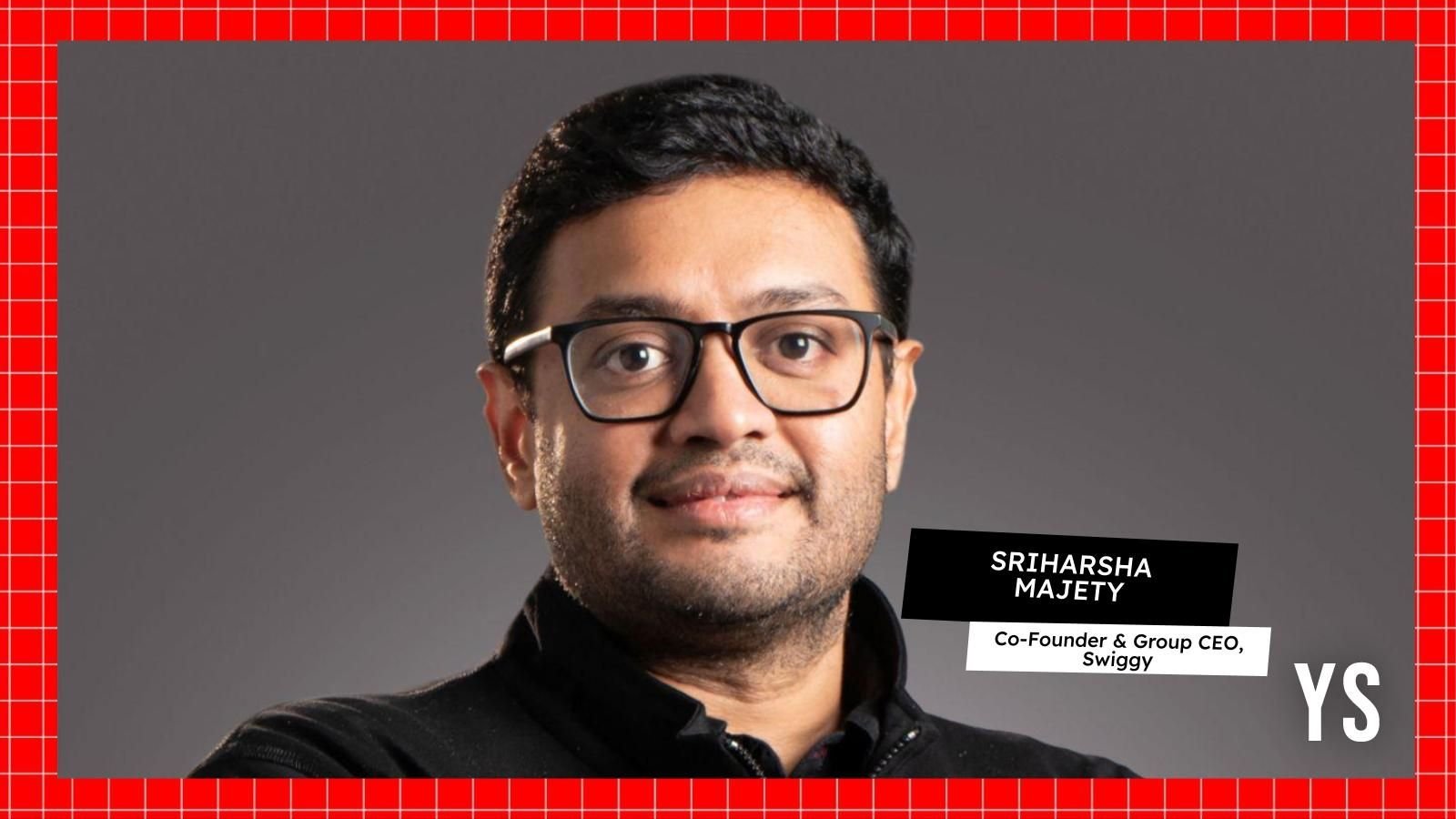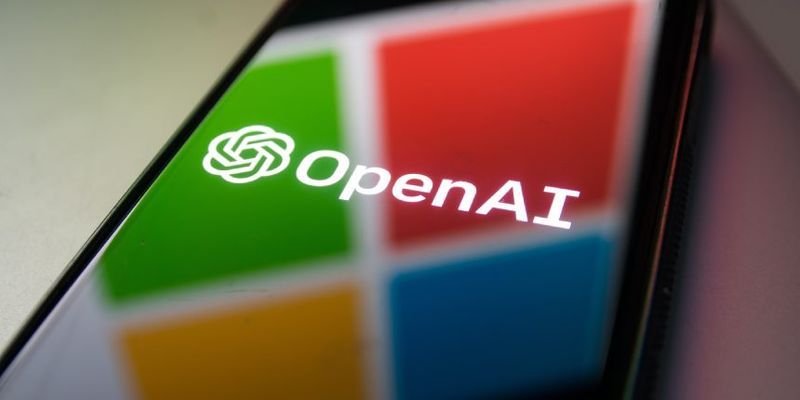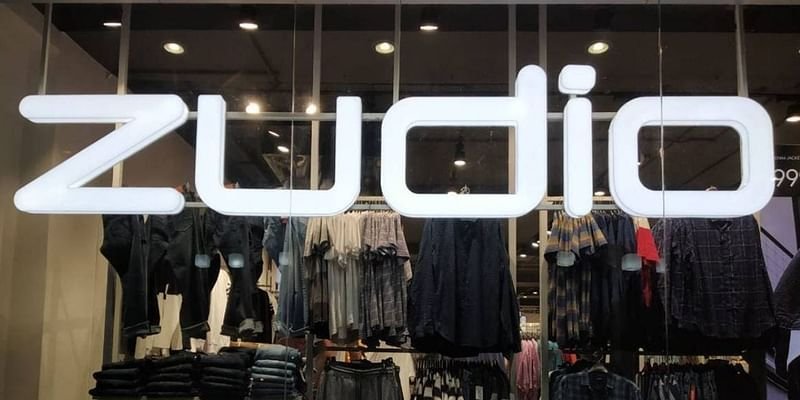Startup
From push to pull: How insuretech is rewriting India’s insurance story

Picture this: A middle-aged insurance agent, briefcase in hand, sitting in your living room, explaining complex policies to your parents. This scene, once a common occurrence in Indian households, is rapidly becoming a thing of the past. This is thanks to the advent of a new age of insurance, where Generative AI (GenAI), Internet of Things (IoT) and other cutting-edge technologies are more prevalent than ever.
Jefferies research predicts that by 2025, one-fifth of premium revenue for India’s health and life insurers could be generated online. That’s a significant chunk of the pie moving to the digital realm. But there’s more! India’s insuretech sector is expected to grow by 17% annually, reaching a whopping $307 billion by 2030.
Now, you might think this digital revolution would wash away insurance agents. Instead, we’re witnessing a beautiful synergy between human expertise and technology. Imagine a world where the knowledge of seasoned agents blends seamlessly with the efficiency of GenAI platforms and other emerging technologies. That’s the reality insuretech is creating – a best-of-both-worlds scenario where insurance becomes more accessible, transparent, and personalized.
GenAI: Transforming the Insurance Industry
Generative AI (GenAI) has become a cornerstone in the insurtech space, with insurers and brokers leveraging its capabilities to bring more transparency and clarity to insurance products. One significant adoption is the use of virtual assistants, or chatbots, which simplify and expedite the process of identifying the most suitable insurance plans from a wide range of options. These chatbots enhance recommendation accuracy, increase agent productivity, and provide clients with tailored insurance solutions.
While virtual assistants are beneficial for both insurers and brokers, they offer a particularly significant opportunity for insurance brokers. Insurers typically focus on promoting their specific policies, but brokers need to navigate a broader array of products to provide the best recommendations.
GenAI enhances brokers’ ability to compare and recommend various options, addressing the complexity and ambiguity of insurance products. These AI-driven assistants help customers understand the nuances of different policies, allow consumers to compare various products from different insurers in an unstructured environment, making the decision-making process more straightforward and informed, enabling consumers to deduce the most suitable product for their needs.
Insurance companies are also using GenAI to support their employees. In life insurance, for example, it might help determine if someone can get a policy without needing a medical exam. This could expand access to insurance for many people. These smart programs even tackle behind-the-scenes tasks. They monitor regulatory compliance, detect potential fraud, and create training materials for staff. All of this contributes to a smoother, more efficient insurance process.
In essence, GenAI is propelling insurance into the future, making it more accessible and user-friendly. It’s not about replacing human expertise, but enhancing it, creating a faster, more responsive insurance experience for everyone involved.
While GenAI is reshaping the core of insurance operations, we can’t ignore the potential of other advancements, such as IoT and blockchain.
IoT: Revolutionizing Risk Assessment
The Internet of Things (IoT) is transforming risk assessment and management, particularly in commercial vehicle insurance. Installed devices provide real-time data on location, driving behavior, and vehicle condition, allowing for fairer policy pricing and accident prevention through early warning systems.
In India, while IoT adoption in personal vehicles is still growing, its impact on commercial vehicles is significant. As more manufacturers integrate IoT devices and fleet owners recognize the benefits, we can expect a major shift in how commercial vehicle insurance is priced and managed.

Blockchain: The Future of Smart Contracts
Although still in its early stages within the insurance sector, blockchain technology holds the potential to revolutionize insurance transactions. One of its key features, smart contracts, can automate claims processing and benefit disbursement, significantly speeding up and streamlining the process.
Imagine your insurance policy as a smart contract on a blockchain. When you visit a hospital, they can instantly verify your coverage and process claims automatically. Blockchain has already proven effective in use cases like Digiyatra and is a powerful technology. However, its deployment in insurance remains limited, and widespread adoption will require cooperation from insurers, healthcare providers, and regulators.
The Road Ahead
The future of insurance is being transformed by technologies like GenAI, IoT, and blockchain. Imagine health insurance policies adjusting in real-time based on your lifestyle or filing claims through a conversation with an AI assistant. Just as ordering food or booking a cab has become incredibly easy, getting insurance is following suit. With GenAI guiding you through the process, IoT providing real-time data, and blockchain ensuring secure transactions, insurance is en route in becoming simpler, faster, and more personalised.
While these advancements bring exciting possibilities, they also present challenges. Organizations must navigate data security concerns and an evolving regulatory landscape. However, when deployed responsibly to support rather than replace human decisions, these technologies have the potential to revolutionise the industry.
From improved damage assessment and fraud detection to streamlined claims processing and customer support, the future of insurance in India looks bright. With GenAI leading the charge, supported by IoT and blockchain, the insurance industry is finally catching up with the times, promising a more efficient and user-friendly experience for all.
(Ish Babbar is the Co-Founder and CTO of InsuranceDekho.)
Startup
Swiggy IPO gets oversubscribed led by QIB bids

Foodtech giant Swiggy IPO was oversubscribed 1.07 times by Friday afternoon, the third day of its book-building process.
Qualified Institutional buyers (QIBs), which typically invest on the last day to gauge overall market demand, came through for the company’s IPO, with the portion oversubscribed 1.52 times.
According to the BSE, non-institutional investors(NIIS) made bids for 22% of the allocated issue size, while retail investors subscribed to 97% of the portion.
The Sriharsha Majety-led company saw the quota reserved for employees being subscribed 1.38 times.
On the first and second days of the book-building process, Swiggy IPO was subscribed only 35% and 12%, respectively.
Swiggy has secured nearly Rs 5,085 crore (about $605 million) from anchor investors, including the life insurance and mutual fund divisions of HDFC, ICICI, and SBI. The anchor book attracted participation from over 75 major domestic mutual funds, along with international investors such as Astrone Capital, Fidelity, and BlackRock.
The Bengaluru-headquartered company, which competes with publicly listed Zomato and General Catalyst-backed Zepto, has set its IPO price band at Rs 371 – Rs 390 per equity share.
Startup
OpenAI spent $10 million on this domain: Here’s why!

Have you checked out X (formerly Twitter) lately? If you have, you might have come across an intriguing post by Sam Altman featuring a mysterious URL called “Chat.com”, with no caption. Curious? When you click on it, you’re taken straight to OpenAI’s groundbreaking tool, ChatGPT.
OpenAI has made headlines recently with a jaw-dropping move: they reportedly shelled out over $10 million for this domain! At first glance, this looks like a steep price tag in an era where many brands are trimming their budgets to stay lean.
So, what’s the story behind this hefty domain purchase? Let’s take a closer look at this!
Why OpenAI spent millions of dollars on a domain
This strategic move is driven by OpenAI’s mission to establish itself as a dominant force in the realm of AI-powered tools, particularly through its flagship product, ChatGPT.
In the tech world where innovation reigns supreme, securing a domain that perfectly aligns with the branding and functionality of its most popular service is a given. Today, ChatGPT has rapidly become a go-to AI tool used by millions for generating images, answering questions and offering assistance with content creation and even programming.
So, OpenAI’s purchase of chat.com is not just about owning a cool web address—it’s a calculated move to enhance its digital identity and ensure that the ChatGPT experience remains tied to its brand as it expands its offerings.
The bigger picture: OpenAI and HubSpot
In a surprising turn of events, the tech world is buzzing over OpenAI’s recent million-dollar domain acquisition, leaving many to wonder about its intriguing backstory. The domain in question, chat.com, has quite the history—it was initially registered way back in September 1996.
Fast forward to 2023, and it found a new owner in Dharmesh Shah, the co-founder and CTO of the widely popular CRM platform HubSpot, who purchased it for a staggering $15.5 million! But the plot thickens!
Just a few months later, in March, Dharmesh dropped a bombshell: he sold chat.com to an anonymous buyer for an undisclosed sum, which has now been confirmed to be OpenAI. While Sam Altman has remained tight-lipped about the specifics of the acquisition, reports from The Verge suggest that Dharmesh may have pocketed more than $15 million from the sale.
This hefty investment in chat.com is more than just a flashy purchase; it’s part of OpenAI’s strategic vision. Owning a domain that’s not only memorable but also inspires trust is crucial for establishing credibility and attracting customers in this competitive landscape.
Chat.com is now ChatGPT’s new destination
Spending more than $10 million on a domain might seem extravagant, but for OpenAI, this investment is a strategic move aimed at building a more unified, and recognisable brand. With chat.com, the company positions itself at the centre of the rapidly growing AI-powered market. As OpenAI continues to innovate, this domain acquisition will likely prove to be one of the company’s most crucial investments in securing its place at the top of the AI industry.
Startup
Trent Q2 profit grows 47% to Rs 335 Cr; sales jumps 39.3%

Tata Group retail firm Trent on Thursday reported a 46.9% growth in its consolidated net profit to Rs 335.06 crore for the second quarter ended September 2024.
The company had posted a consolidated net profit of Rs 228.06 crore a year ago, according to a regulatory filing from Trent, which operates retail stores under brands like Westside, Zudio, and Star.
Its consolidated revenue from operations increased 39.37% to Rs 4,156.67 crore during the quarter under review. It was Rs 2,982.42 crore in the year-ago period, it added.
Trent’s total expenses rose 48.49% to Rs 3,743.61 crore in the September quarter.
As of September 30, Trent was operating 226 Westside, 577 Zudio and 28 stores across other lifestyle concepts, the company said in an earning statement.
“During the quarter, we opened 7 Westside and 34 Zudio stores (including 1 in Dubai) across 27 cities. We also consolidated 9 Westside and 16 Zudio stores,” it added.
Its Chairman Noel N Tata said: “Consumer sentiment has remained relatively muted. This coupled with seasonality has meant that retail businesses have faced headwinds. In the foregoing context, the team has delivered strong results across brands, concepts, categories and channels in Q2”.
Shares of Trent Ltd on Thursday settled at Rs 6,498.45 on BSE, down 6.54% from the previous close.
-

 Startup Stories1 year ago
Startup Stories1 year agoWhy Millennials, GenZs Are Riding The Investment Tech Wave In India
-

 Startup Stories1 year ago
Startup Stories1 year agoStartups That Caught Our Eyes In September 2023
-

 Startup Stories1 year ago
Startup Stories1 year agoHow Raaho Is Using Tech To Transform India’s Fragmented Commercial Trucking
-

 Startup Stories1 year ago
Startup Stories1 year agoMeet The 10 Indian Startup Gems In The Indian Jewellery Industry’s Crown
-

 Crptocurrency8 months ago
Crptocurrency8 months agoLither is Making Crypto Safe, Fun, and Profitable for Everyone!
-

 Startup Stories1 year ago
Startup Stories1 year agoHow Volt Money Is Unlocking The Value Of Mutual Funds With Secured Lending
-

 Startup Stories1 year ago
Startup Stories1 year agoWhy Moscow-Based Kladana Considers Indian SME Sector As The Next Big Market For Cloud Computing
-

 E-commerce1 year ago
E-commerce1 year agoTop Online Couponing Trends To Watch Out For In 2016




